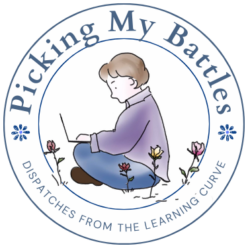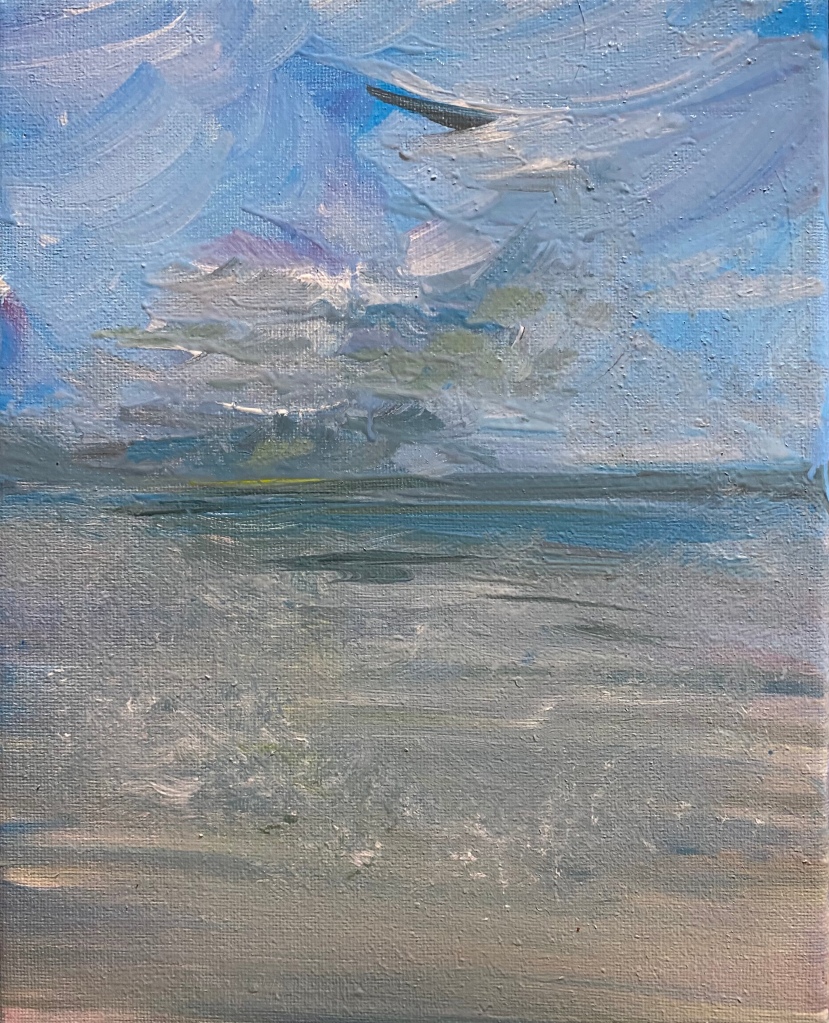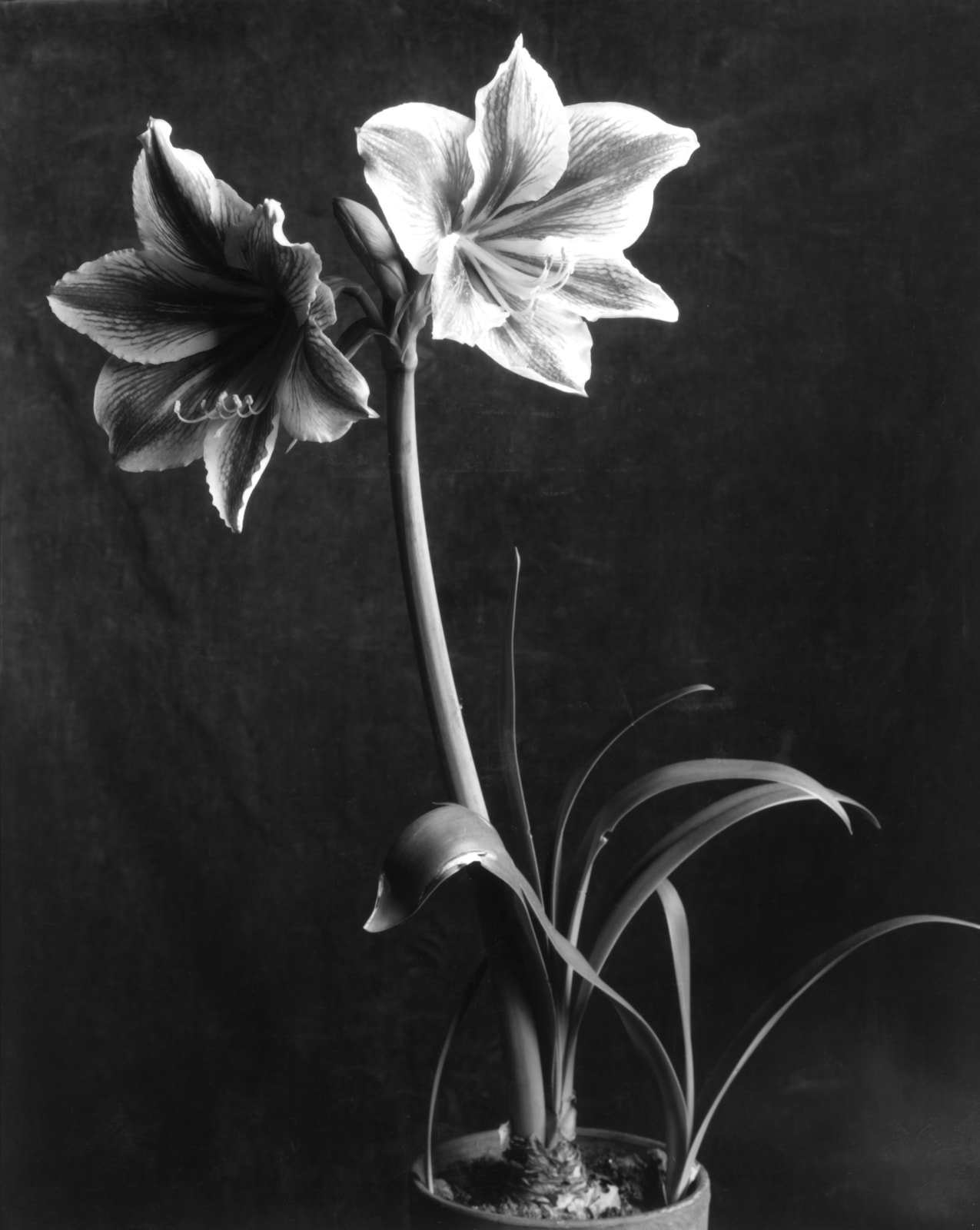Yesterday I went to the hospital for more bloodwork, including a coronavirus antibody test. Pain in my chest and lungs still keeps me mostly sedentary, with the exception of our daily walk. Even though I walk only a few additional feet traveling between my bedroom, study and living room, but it feels as if those minimal footsteps have, over the last month and a half, added up to a journey far longer than a thousand miles.
Not long after I started this blog as part of a writing workshop, I began feeling, more than ever, as if I had missed my calling. I had tried to quell my financially unviable passion many times over the years, but, reviving another creative passion for drawing, more than ever, made my day job feel more like just a paycheck than the career I should have made for myself.
I searched for jobs that allowed more time for creativity, and, with teaching, that may come partially true in the summers (the teaching workday does not end when the kids go home). Guiltily, a part of me still hoped for finances and time to align long enough to devote most of the day to writing and art.
This disease enforced isolation is no vacation, but I have tried to use it as a sabbatical — a time to ask, if time allowed, what I would really want to do with my life.
I did write on my blog more frequently at first. Daily monotony threatened to flatten inspiration, but I knew a writing life is about showing up.
My chest and lungs make painting painful, so I signed up for an online drawing class. Wanting some structure and to develop my written craft, I signed up for an online fiction workshop. It’s impossible to serve two masters equally, and this was a chance to hone skills and discover which passion burned brightest.
Psychologists are saying now isn’t the time to worry about learning new skills. Civilization is experiencing massive trauma as hundreds of thousands die and millions lose their livelihoods. Working with children recovering from trauma, I have seen how trauma — even more than poverty – causes catastrophic disruptions to learning. Even thirteen-year-old Thing2, mostly estranged from any trauma in his short life, is withdrawn and, for the first time ever, unenthusiastic about school and learning.
Drawing class was everything I hoped art school might have been. Deliberate drawing practice. Assignments I knew would improve my painting when the f-ing pneumonia (that is officially the new technical term for it) recedes.
The fiction class was more difficult to dig into. I read the bios of the other students and took 2 days to write mine. There were Ph.D.s and young, bold recent college grads with much better handles on the craft of fiction.
Then I opened the first lecture. Much of the it was a review of the elements of fiction I teach in school. Then I saw the first assignment – spin a story out of a snippet of conversation from the last week.
Okay.
I mean, the only conversations I’d had were, “Hey,” with the kids when they woke up and “What should we do for dinner?” I can make a silly post out of those, but a story? And, did I mention, I suck at plotting? Could we start with something easier?
I was scratching my unwashed head when I heard gunshots from the other side of the mountain. It turned out to be a neighbor scaring off a coyote. It was also the most original conversation I’d heard all week. I wrote my story in less than an hour and received enthusiastic feedback from the instructor.
I stopped worrying about the better writers in the class and focused on craft. It wasn’t an entirely new body of knowledge, it was a different way of approaching it, and the approach recharged my writing life. Every day since, I’ve dashed off a blog post, read and then written a short story, many of which, I hope, won’t end up in a drawer. I’ve even returned to old duds to give them better lives. The work and time have become my sabbatical and, though I doubt I’ll ever stop painting, helped me focus on my true passion.
My lungs will improve, and either from home or at a school, I will be teaching again in the near future. I have, however, already begun planning how to fit making a livelihood into a life’s work and not the other way around again. Some people may, psychically, be in a place to invest in new learning, and I take my hat off to them. For me, however, using this time to examine which parts of “normal” I want to restore has been just as valuable.
Like this:
Like Loading...





